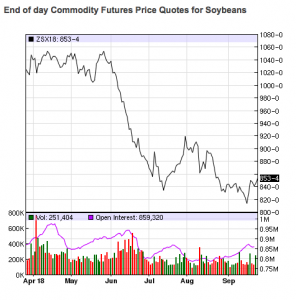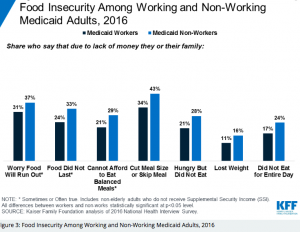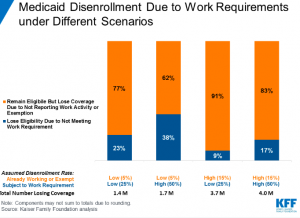One of the more intriguing findings from our third Survey of Bill Review in Work Comp and Auto pertains to data analytics.
Multiple questions probed into respondents’ utilization of data analytics. The questions ranged from the state of their data management program through the relationship between the future of BR and data analytics. In our 2012 Survey, numerous respondents stressed the importance of data analytics, data quality, data management, etc. But despite that emphasis six years ago, respondents seemed to have made little progress employing data analytics packages and integrating data analytics into BR and vice versa.
From the Survey Report (to be released in early December):
A surprisingly low number of organizations have invested significant resources into data analytics. Only a handful of respondents report that their organization has acquired, sorted, and leveraged data sufficiently enough to begin building predictive modeling or provider profiles.
That’s not to say payers haven’t built data warehouses or aren’t developing analytics capabilities. In fact, “Every large and medium sized respondent said their organization aggregated and transferred bill review data to a data warehouse for analysis.” Rather, most are still in that data modeling development and construction phase; using that data to build models, profiles, and gain deeper understanding is still a ways off.

More narrowly, half of respondents who process their own bills internally tied a data analytics package to their BR product (a more limited approach than combining BR data with data from other sources such as pharmacy, claims, medical management, first notice, and external data sources) while only 6% of those who outsource bill processing used a data package with their BR.
This dichotomy isn’t surprising as external users are generally much smaller organizations.
To get even more specific, fewer than 20% of respondents mentioned building predictive models and in most cases respondents said data was compartmentalized and only used for particular departments such as finance.
We asked what was the greatest unmet opportunity in bill review; Only 10% of respondents specifically noted the importance of data analytics going forward. And, just 20% of respondents said that a higher level of data analytics would be the future of BR.
Considering the value added that accurate data analytics can provide on virtually all BR functions – not to mention the entire claims function, loss ratios, and financial results – and that a vast majority of respondents are not fully linking BR and data analytics, these results indicate significant opportunity.
Thanks to the 30 professionals who participated in the Survey, we have a clear picture of where the industry is today, and what they are looking for from vendors/partners tomorrow.
The respondents hail from all around the country, from insurers, state funds, TPAs, and large employers. Very large to very small, from national in scope to a single-state focus, these experts gave freely of their time and expertise and for that we are grateful indeed.
What does this mean for you?
The opportunity is clear.
Note – I’ve received several anonymous comments/emails lately. I’d remind commenters that anonymous comments on MCM posts are ignored, as are comments with fictitious email addresses.
You know who I am. I and my readers need to know who you are.





